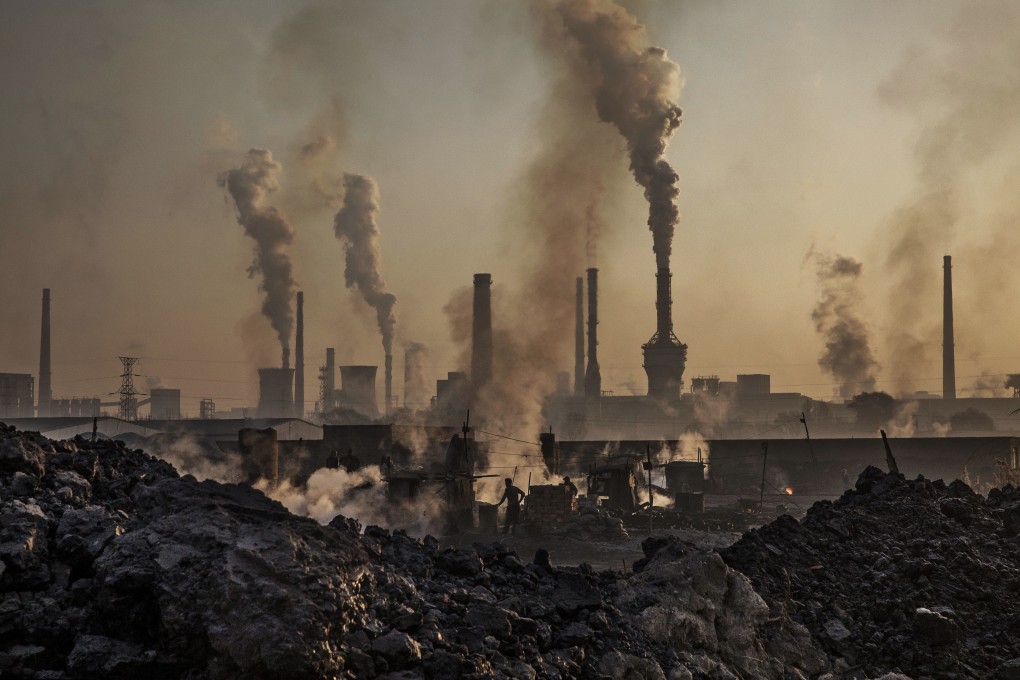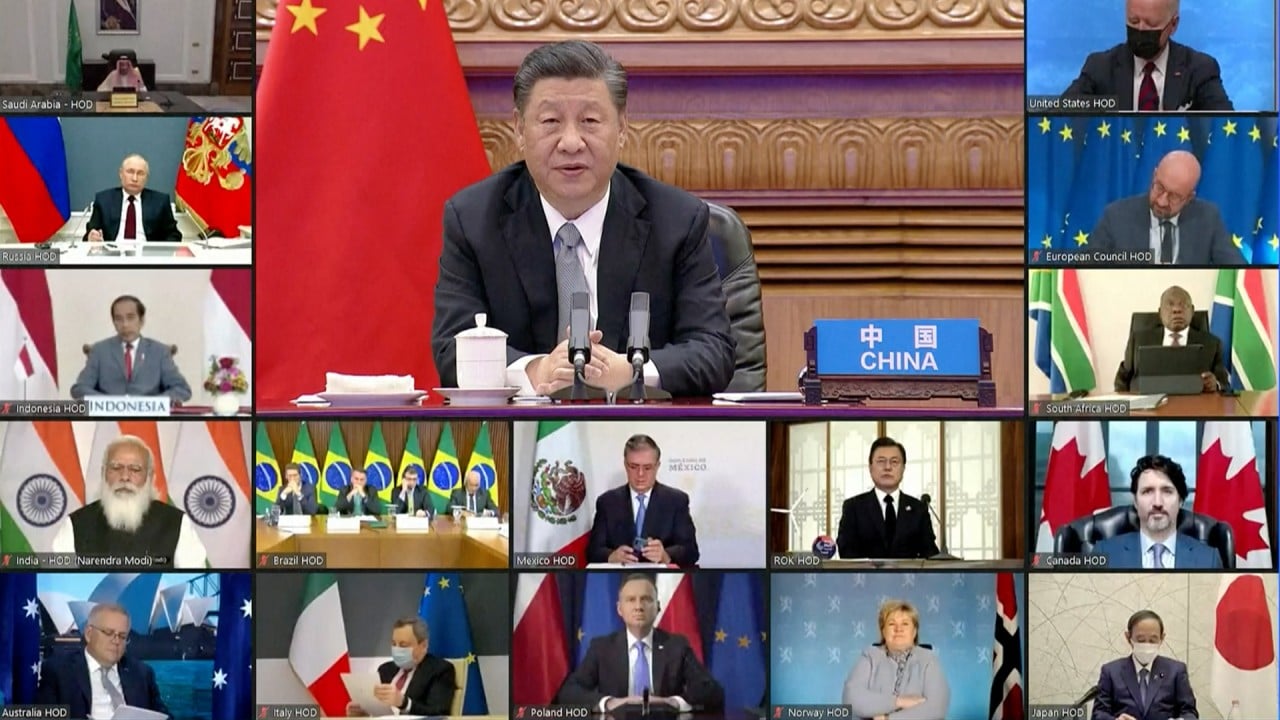Advertisement
The View | Success of China’s climate action hinges on three turning points
- Much depends on the power of the central team of environmental inspectors, whether emissions caps are introduced, and the effectiveness of China’s carbon trading system
Reading Time:3 minutes
Why you can trust SCMP
5

Despite China’s disinterest in offering new commitments at US President Joe Biden’s Leaders Summit on Climate, the country sits at a climate policy inflection point.
Advertisement
Since September, when President Xi Jinping committed China to carbon neutrality by 2060, three fulcrums have emerged in its climate strategy. Chinese actions in these spaces, and the international forces that affect them, will determine whether and how the world’s largest emitter can decarbonise its economy.
First, an internal battle over China’s energy mix is taking shape. Last year, China commissioned 38.4 gigawatts of new coal plants, more than three times the capacity commissioned in the rest of the world.
It also initiated 73.5GW of new coal plant proposals – more than five times the capacity proposed across the rest of the world – and approved more than three times the domestic coal power expansion permitted in 2019.
Meanwhile, China’s emissions are rebounding sharply. A surge in the latter half of last year left full-year emissions higher than in 2019, despite the pandemic shutdowns.
These actions are not going unchallenged. In late January, China’s Central Environmental Inspection Team took the National Energy Administration to task, accusing officials of deviating from the country’s strategic direction and acting contrary to party ideology by failing to properly regulate the coal sector.

Advertisement

